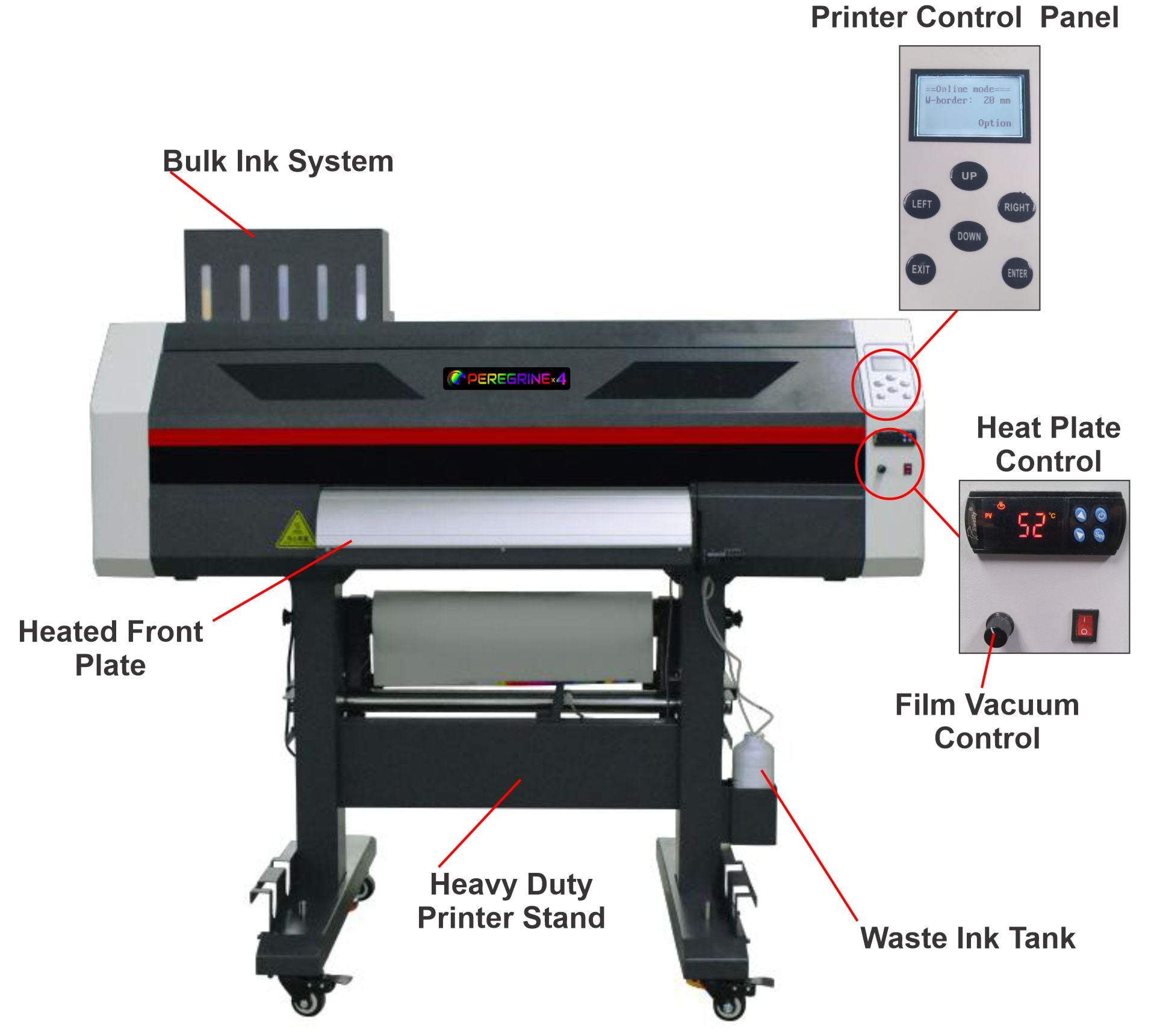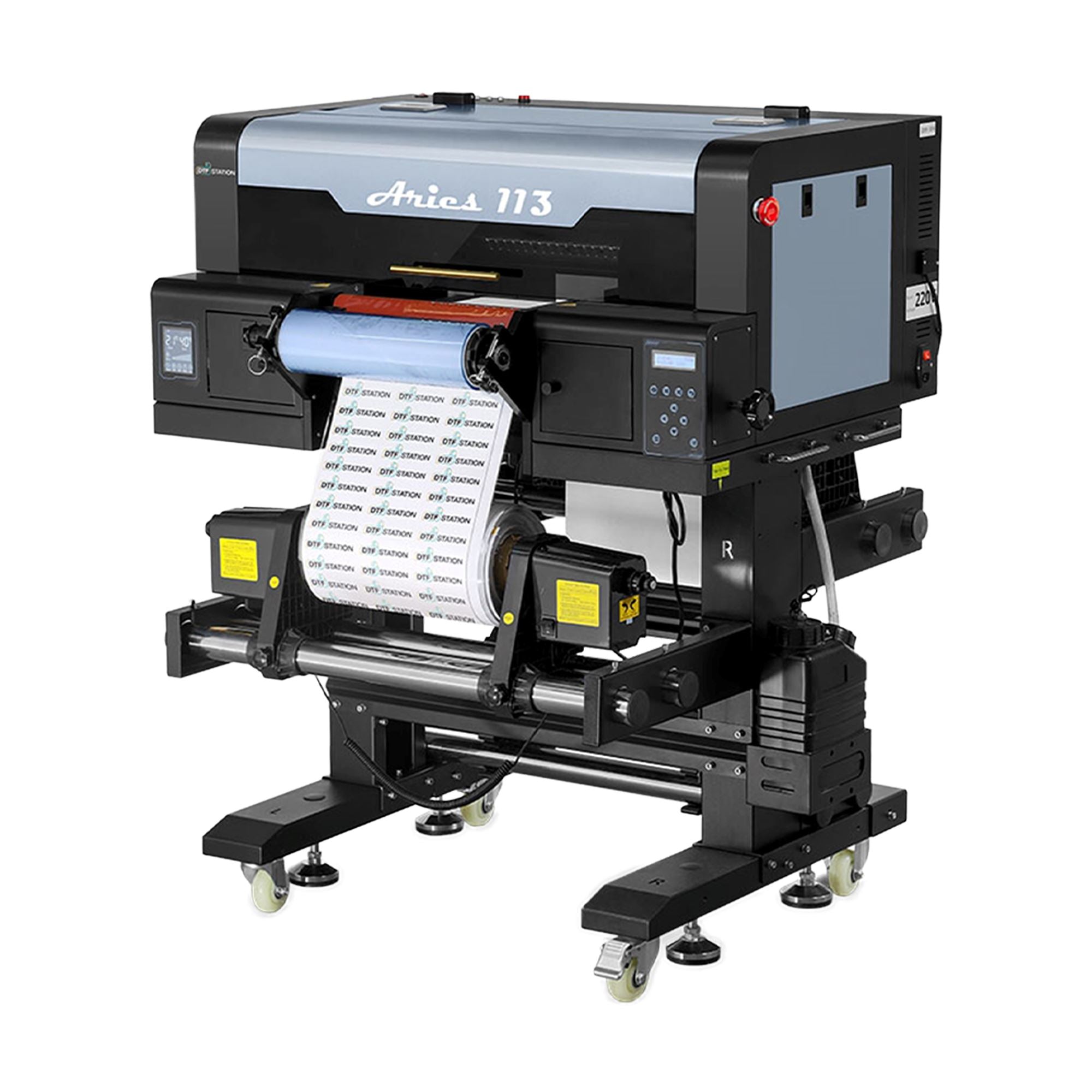Ingenious DTF Printing Solutions: Improve Your Clothing with Direct-to-Film Innovation
Ingenious DTF Printing Solutions: Improve Your Clothing with Direct-to-Film Innovation
Blog Article
Understanding DTF Printing: Idea for Getting Vibrant and Durable Prints
In the world of textile printing, accomplishing durable and dynamic prints is a desirable ability that can boost the high quality of your output. From choosing the appropriate products to adjust print setups and improving post-printing completing methods, there are many aspects that can influence the result of your prints.

DTF Printing Fundamentals
For those brand-new to the world of textile printing, understanding the principles of DTF printing is necessary to understanding this ingenious technique. Straight to Movie (DTF) printing is a modern method that entails transferring designs from an unique film onto various fabrics utilizing a heat press. Unlike typical techniques like screen printing, DTF supplies advantages such as vibrant shades, elaborate detailing, and the capacity to print on varied materials like cotton, polyester, and blends.
The procedure begins by printing the style on a special DTF movie using a suitable printer with CMYK or CMYKW ink sets. As soon as the style is published, it is then healed with a warm press to develop a long lasting and long-lasting print. DTF printing is recognized for its ability to duplicate complex layouts with high precision and color precision, making it a prominent selection for companies aiming to create personalized apparel, marketing items, and more.
Selecting the Right Products

The adhesive powder acts as a bonding representative between the printed layout and the material, so it must have solid bond residential or commercial properties to ensure a sturdy and resilient transfer. By very carefully choosing the appropriate materials for DTF printing, printers can boost the high quality, vibrancy, and longevity of their prints.
Maximizing Print Setups
When aiming to attain the very best cause DTF printing, precise attention to enhancing print settings is vital for guaranteeing specific and premium transfers onto textiles. When maximizing print settings is the resolution, one crucial aspect to think about. Greater resolutions usually cause sharper and more in-depth prints, boosting the overall high quality of the transfer. Additionally, go right here changing the ink thickness can help accomplish vivid colors and make sure that the layout stands apart on the material.
While increasing the rate can enhance effectiveness, it might jeopardize the final print's clarity and color saturation. Trying out with various speeds and observing the results can help establish the optimum setup for each print task.
Additionally, fine-tuning shade accounts and making sure proper shade monitoring are necessary for accomplishing regular and precise colors throughout different prints. By adjusting shade settings and accounts, printers can lessen color inconsistencies and create uniform outcomes, improving the overall print click here to read top quality and client complete satisfaction.
Preparing Art Work for DTF Printing
Convert the artwork to CMYK shade setting to make certain that the colors translate precisely from screen to print. Keep in mind to mirror the last layout prior to publishing to ensure that it transfers properly onto the garment. By complying with these actions and paying close focus to the information, you can prepare art work that is maximized for resilient and dynamic DTF prints.
Post-Printing Finishing Methods
Carrying out efficient post-printing finishing strategies is critical to boosting the toughness and visual appeal of DTF prints on fabrics. When the printing process is full, using heat to the published style is important.
After heat pushing, removing the PET movie meticulously is an essential action. This process needs to be done slowly and steadily to avoid any type of damage to the print. When the film is gotten rid of, the print may call for extra healing time to additionally set the ink right into the fabric. This action helps improve the washability and resilience of the print, guaranteeing it can endure numerous laundry cycles without fading or fracturing.
Additionally, trimming any type of excess movie around the style can offer the last print a clean and expert look. Putting in the time to properly complete DTF prints post-printing can dramatically impact the general top quality and longevity of the textile style.

Final Thought
To conclude, mastering DTF printing needs a complete understanding of the basics, selecting suitable products, enhancing print setups, preparing art work effectively, and using post-printing completing strategies. By adhering to these pointers and tricks, one can accomplish lively and sturdy prints that meet their desired quality standards. Consistent practice and interest to detail are vital in accomplishing successful results in DTF printing.
From choosing the best materials to tweak print settings and perfecting post-printing finishing techniques, there are numerous factors that can affect the outcome of your prints. Unlike conventional methods like display printing, DTF offers benefits such as dynamic shades, intricate detailing, and the capacity to publish on varied products like cotton, polyester, and blends.
Once the style is printed, it is Recommended Reading then healed with a warmth press to produce a lasting and resilient print.When intending to achieve the ideal results in DTF printing, careful interest to enhancing print settings is vital for making certain high-grade and precise transfers onto textiles.In verdict, mastering DTF printing requires an extensive understanding of the fundamentals, selecting suitable materials, maximizing print setups, preparing artwork effectively, and utilizing post-printing ending up techniques.
Report this page